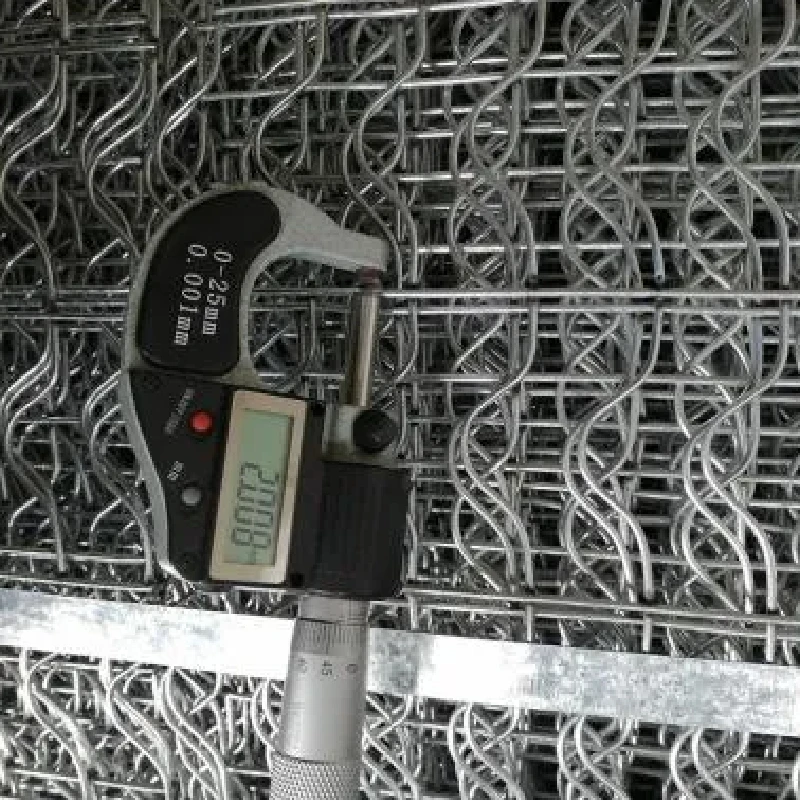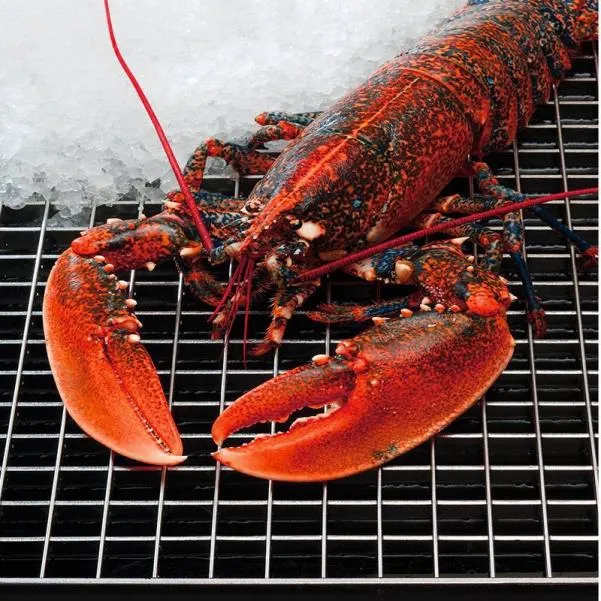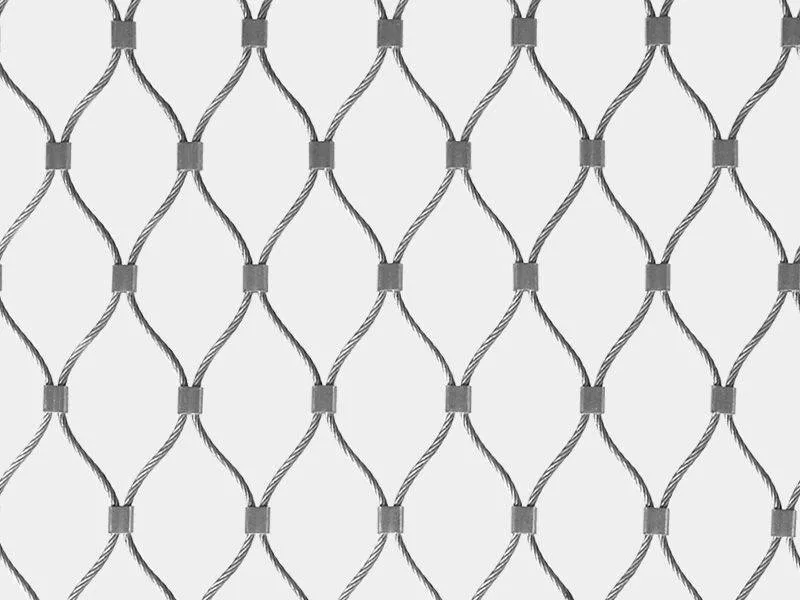Gas pressure reducers operate on a simple principle of pressure balance. They generally consist of a diaphragm, spring, and valve mechanism. The high-pressure gas from a cylinder or pipeline enters the reducer, where it acts on the diaphragm. This diaphragm is a flexible membrane that responds to changes in pressure. When the gas pressure exceeds the preset value, the diaphragm moves to close the valve, thereby reducing the flow of gas. Conversely, if the pressure drops below the desired level, the spring forces the valve open to allow more gas to flow through. This dynamic balance ensures that the delivered gas pressure remains consistent, optimizing the performance of the downstream systems.









